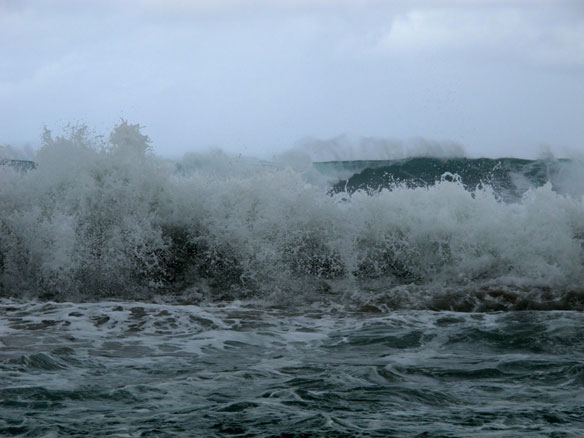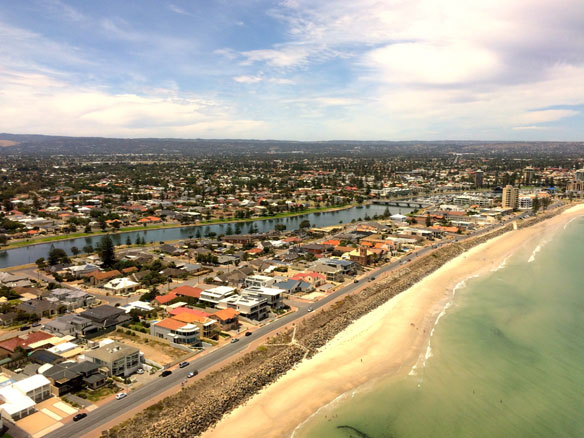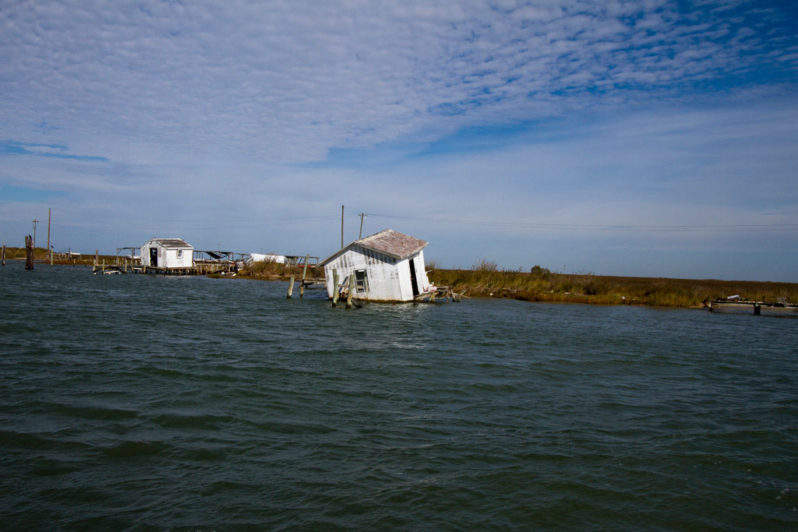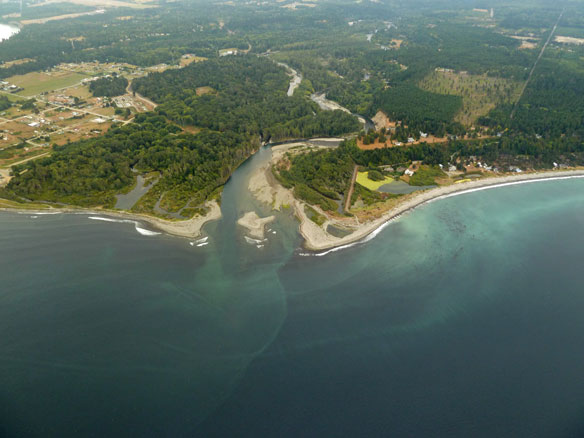When Salt Water Intrusion is Not Just a Threat But a Reality, Guyana

Guyanese farmers have been reporting salt water intrusion for a number of years.
Why sea level rise varies from place to place

In the 20th century, ocean levels rose by a global average of about 14 centimeters, mainly due to melting ice and warming waters. Some coastal areas saw more sea level rise than others. Here’s why.
Cost of Coastal Flooding in Europe Could Reach $1 Trillion Annually by 2100

Without additional climate change adaptation measures, the annual cost of damage from coastal flooding in Europe could jump from $1.4 billion today to as much as $1 trillion by the end of the century due largely to rising sea levels according to new study.
“A place in crisis”: Author documents life on disappearing Tangier Island

Tangier Island, which is home to about 450 people, is slowly disappearing due to sea level change and shoreline erosion.
Sea level rise has already sunk Carolinas beach property values — by $1.6 billion, study finds

Sea levels are rising and the southeast has already lost billions in property value, a recent study shows. Scientists have found $7.4 billion was lost in home values across North Carolina, South Carolina, Virginia, Georgia and Florida because of sea level rise flooding from 2005 to 2017.
Study Finds Link Between River Outflow and Coastal Sea Level

Sea levels in coastal areas can be affected by a number of factors: tides, winds, waves, and even barometric pressure all play a role in the ebb and flow of the ocean. For the first time, however, a new study has shown that river outflow could play a role in sea level change as well.
The sinking state

This is what happens when climate change forces an entire country to seek higher ground.
Coastal homes could see flood insurance premium going up again, and that’s only the beginning

FEMA is looking into switching to risk-based pricing in 2020, which would end the subsidies most coastal communities enjoy on their flood insurance premiums and show the true dollar cost of living in areas repeatedly pounded by hurricanes and drenched with floods.
Coastal residents need to set aside money now to cope with future flooding

Sea-level rise is a national economic insecurity. According to the National Ocean Service, 39 percent of the U.S. population in 2010 lived in counties that are on shorelines.
